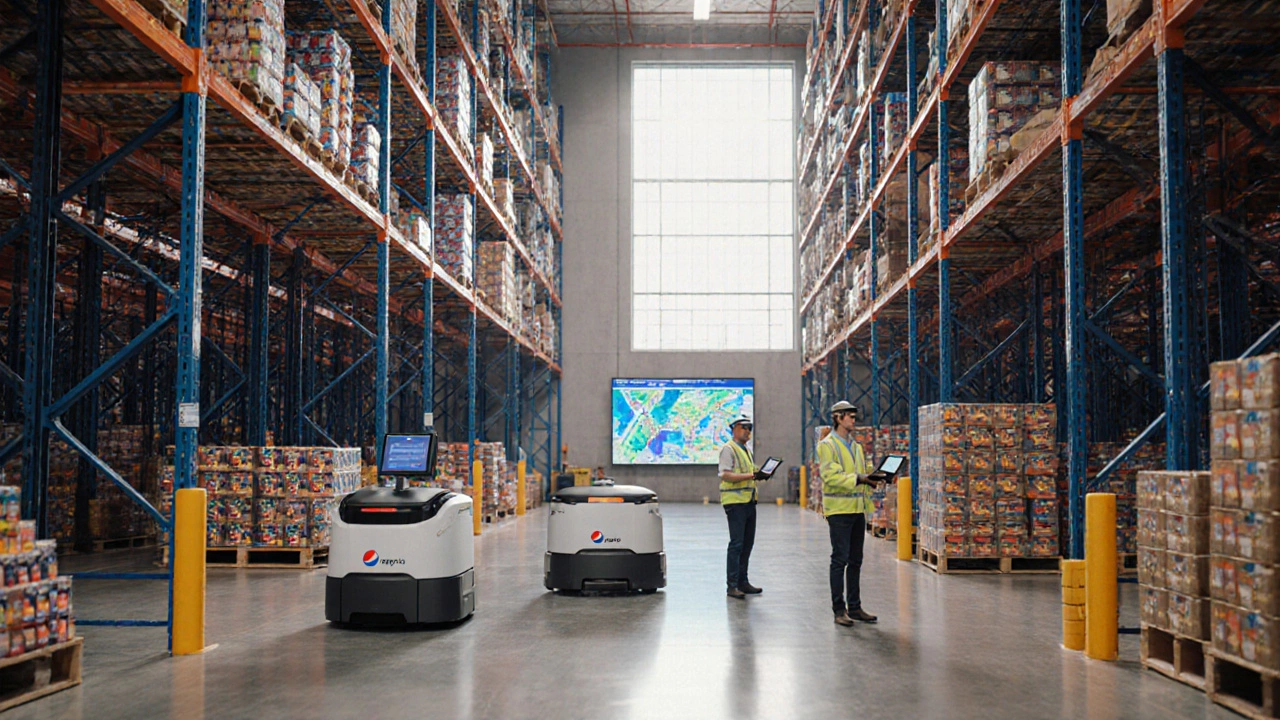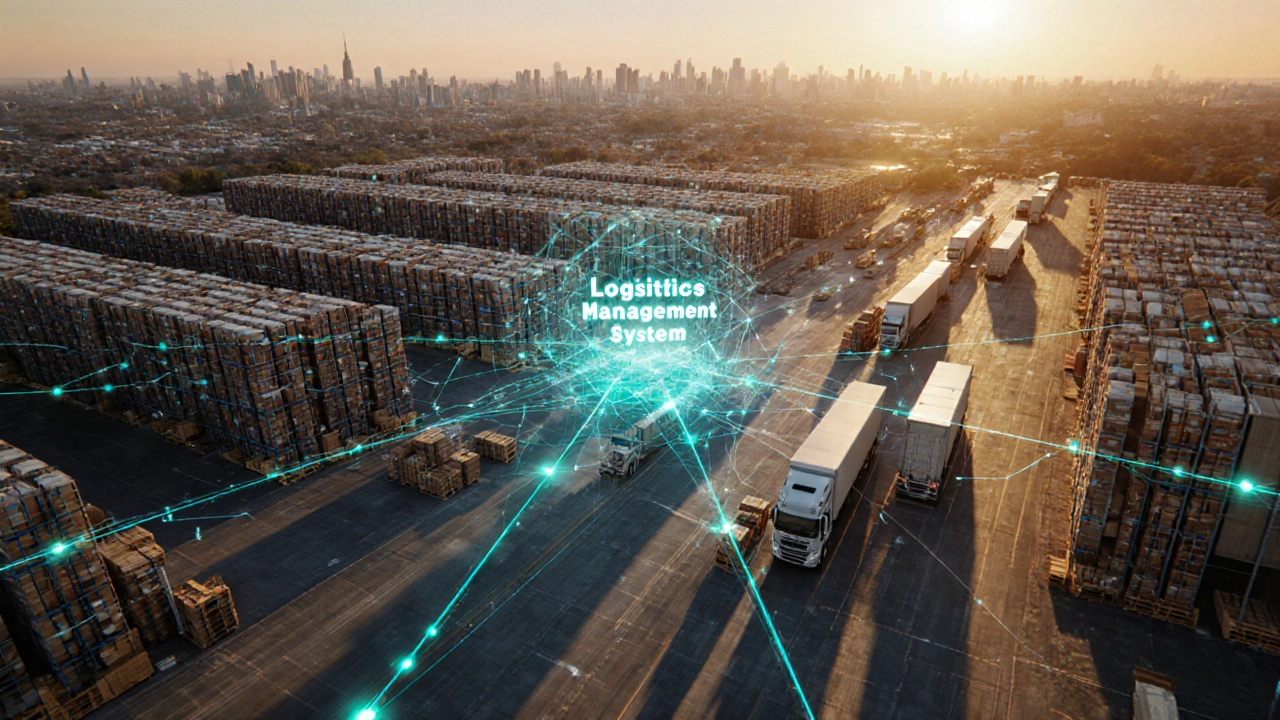Which Warehouse Management System Does PepsiCo Use?
Discover which Warehouse Management System PepsiCo uses, why it was chosen, key features, integration details, and how to evaluate a WMS for large enterprises.
If you run a business that moves goods, you’ve probably heard the term “supply chain software.” In plain English, it’s a set of tools that help you plan, track, and improve every step from raw material to finished product. Think of it as a digital traffic controller that keeps trucks, warehouses, and orders moving without crashes.
Why should you care? Because even a small glitch in the chain can cost time, money, and customers. With the right software, you get real‑time visibility, faster decision‑making, and fewer surprises. That translates to lower inventory costs, quicker deliveries, and happier buyers.
Not all supply chain platforms are created equal. Here are the must‑have features that separate the good from the great:
If a platform checks these boxes, you’ll probably see measurable improvements within a few weeks.
Below are three solutions that consistently rank high among small to mid‑size businesses and larger enterprises alike.
All three offer free trials, so you can test before you commit. Remember to compare total cost of ownership—not just the monthly fee—because implementation, training, and support can add up.
Getting started is easier than you think. Begin by mapping out your current processes, then match each step to a feature in the software you’re evaluating. A clear map helps you spot gaps and ensures you’re not buying extra features you’ll never use.
Finally, treat the software as a partner, not a set‑and‑forget tool. Schedule quarterly reviews, adjust forecasts, and keep an eye on new updates. The supply chain world moves fast; your software should keep pace.
With the right supply chain software, you’ll cut waste, speed up deliveries, and keep customers coming back. Ready to give your logistics a boost? Start exploring the options above and watch the results roll in.

Discover which Warehouse Management System PepsiCo uses, why it was chosen, key features, integration details, and how to evaluate a WMS for large enterprises.

Learn what a logistics management system is, its core features, benefits, implementation steps, and how to pick the right solution for your business.

Unpacking which software is actually used in supply chain can save businesses a ton of wasted effort and money. This guide breaks down the real-world tools, from classic big-name suites to the latest smart platforms. If you've wandered through lists of acronyms like WMS, TMS, or ERP and felt lost, you're about to get clarity. The article shares what each software type actually does, how they overlap, and what to look for when picking a system. Expect actionable tips and a peek into where supply chain software is headed next.